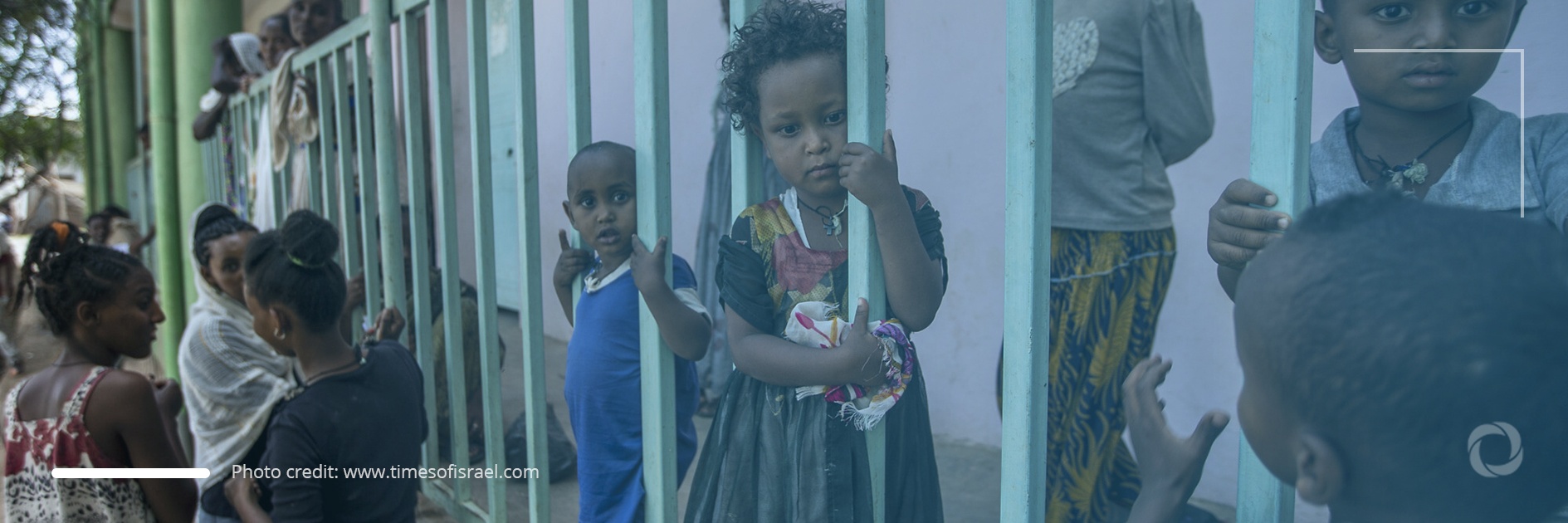Brutal violence, starvation, a lack of healthcare services, and appalling rape cases. This is a picture of Tigray, a conflict-stricken region in northern Ethiopia.
As the region endures the armed conflict between a local party and the central authorities, the head of the World Health Organization, Tedros Adhanom Ghebreyesus, has described the situation there as “horrifying”.
The UN estimates that 5.2 million people (91% of the region’s population) are in urgent need of humanitarian assistance. Aid workers have restricted access to people in need as both sides of the conflict regularly deny vehicular movement that would enable the provision of relief and also confiscate humanitarian aid vehicles and supplies. Moreover, troops aggressively search humanitarian aid vehicles at military checkpoints demanding to see permission from local authorities.
“Many people have started dying actually because of hunger, and severe and acute malnutrition is becoming rampant. Rape is rampant. I don’t think there was that scale anywhere else in the world actually,” Tedros said.
As the levels of rape dramatically surged, three Ethiopian soldiers were convicted of the rape and the murder of one civilian in Tigray, according to government bodies. Another 28 soldiers are on trial accused of killing civilians and 25 acts of sexual violence and rape. The EU had previously decided to suspend budget payments as a reaction to gang rapes, mass killings, and looting, trying to put pressure on local authorities to bring a halt to the atrocities. According to Amnesty International, Eritrean troops have killed thousands of Tigrayan civilians since the end of November 2020 when the conflict was ignited.
The WHO also admitted that dealing with COVID-19 was far from being a priority as “there are more pressing issues.” Apart from the pandemic, the UN has warned of the risk of the outbreak of cholera and measles.
Between 27 March and 12 May, humanitarian aid organizations were able to deliver 30,000 metric tons of food to 1.8 million people across the Eastern, Central, North-Western, Southern, and South-Eastern Zones. Since February, they also diagnosed 184,413 children under five in 74 districts as suffering from malnutrition.

